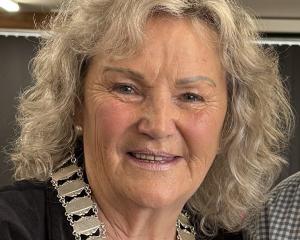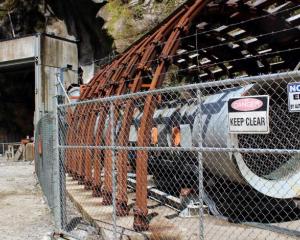
Police hope to prove or eliminate theories from the royal commission of inquiry as to what triggered the first explosion, and possibly find the cause and time of death.
They have also chosen the borehole locations based on specialist advice.
The royal commission found the immediate cause of the tragedy was a large methane explosion. The methane possibly came from a void (goaf) formed during mining of the first coal extraction panel.
According to the commission, potential ignition sources include arcing in the mine electrical system, a diesel engine overheating, contraband taken into the mine, electric motors in the non-restricted part of the mine and frictional sparking caused by work activities.
One borehole will be sunk near the scene of the last phone call.
On the afternoon of the blast, Dan Duggan in the control room restarted the water pumps following maintenance just before 3.45pm. He called underground on the mine's intercom system to let the men know the water was back on so they could restart mining. Someone answered: "Hello Dan, who are you looking
for?'’
Straight afterwards, an unidentified noise was recorded, and from then on, no-one answered.
Another camera will be lowered near the goaf to try to determine whether or not the roof collapsed.
A third borehole will be sunk at the hydro monitor, which was struggling to reach the coal on the side of the goaf.
The fourth will look at the area where the ABM mining machine that puts in roof support was working. Because of its steep incline, it had difficulty in shifting methane, which tended to sit in the top of a roadway. The miners had to use forced ventilation from a fan that sat in this roadway through a ventilation vent-bag.
On the afternoon of the explosion, and leading up to it, they were cutting considerable amounts of coal in that area.
The commission heard the ABM heading was another possibility for where a significant amount of methane could have come from to cause the size of blast that
occurred.
The fifth borehole will look at the fan, including a seal. A sixth, at the bottom of the AMB heading, cannot progress due to the geography on the surface, but police intend to deploy new imaging equipment down a previous borehole that is open, giving them a line of sight back out of the mine towards the rockfall at the end of the drift.
Anna Osborne, who fought for the re-entry, said the Government had said it did not have an open chequebook, and there was no more money to go further under-ground.
The boreholes were the best and safest way to proceed.
"We fought really hard to get police to do a thorough investigation," Mrs Osborne said.
The cameras would go in six crucial places and would hopefully reveal to the families, and all of New Zealand, what caused the blast, she said. — Grey Star












